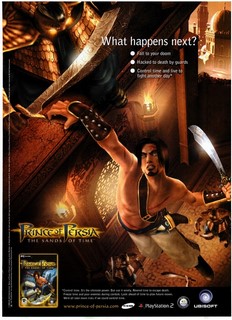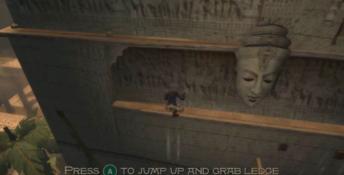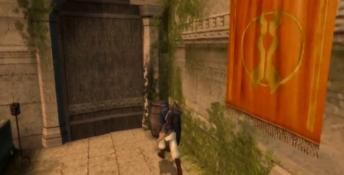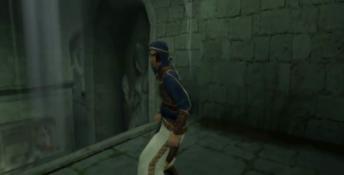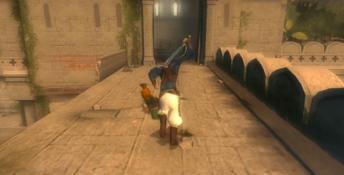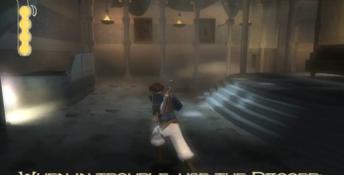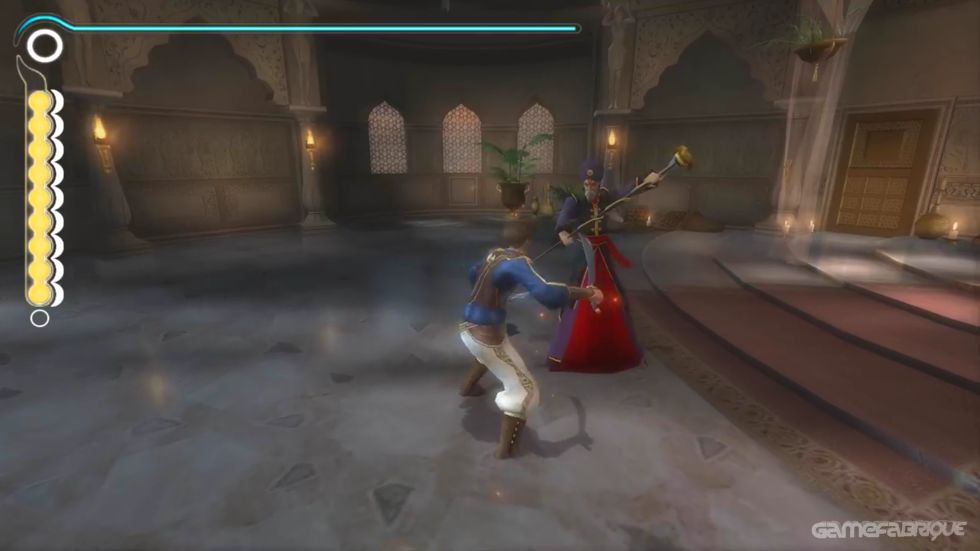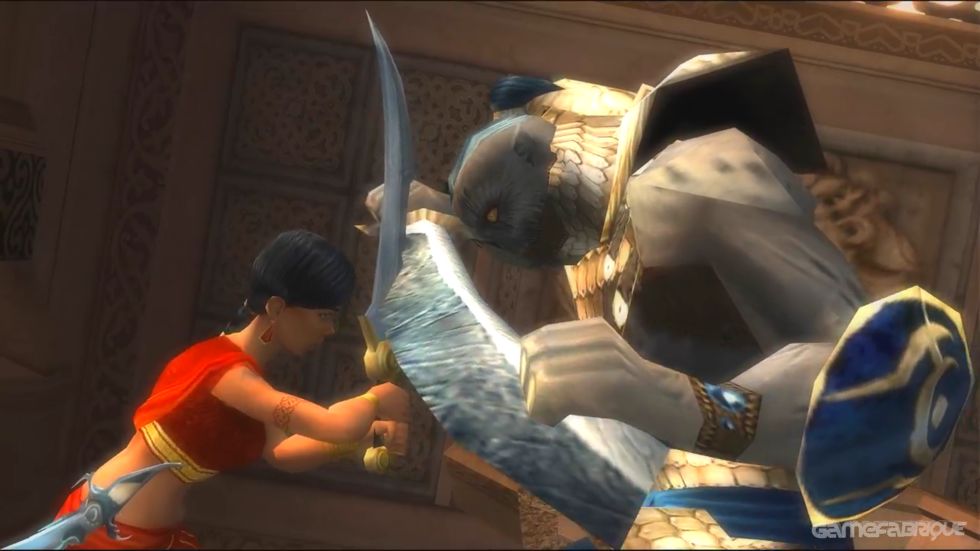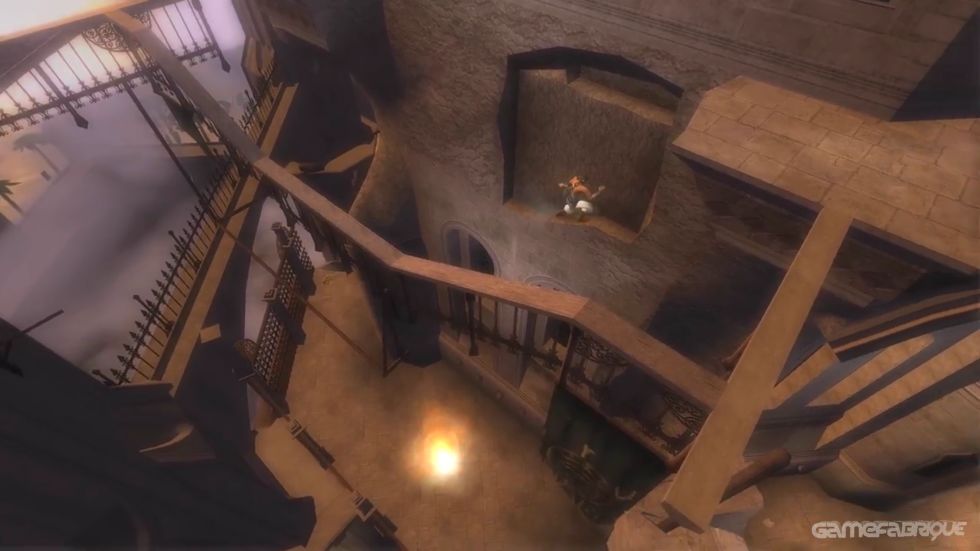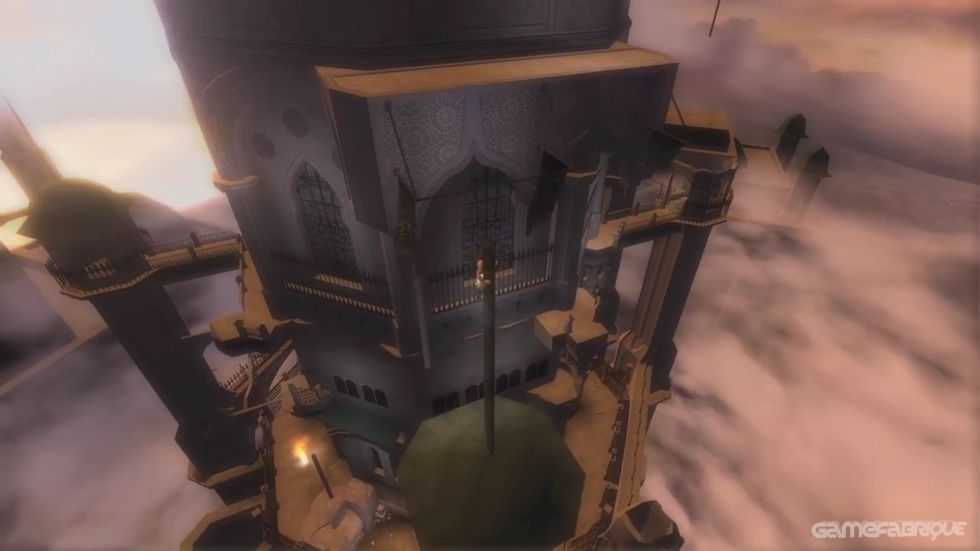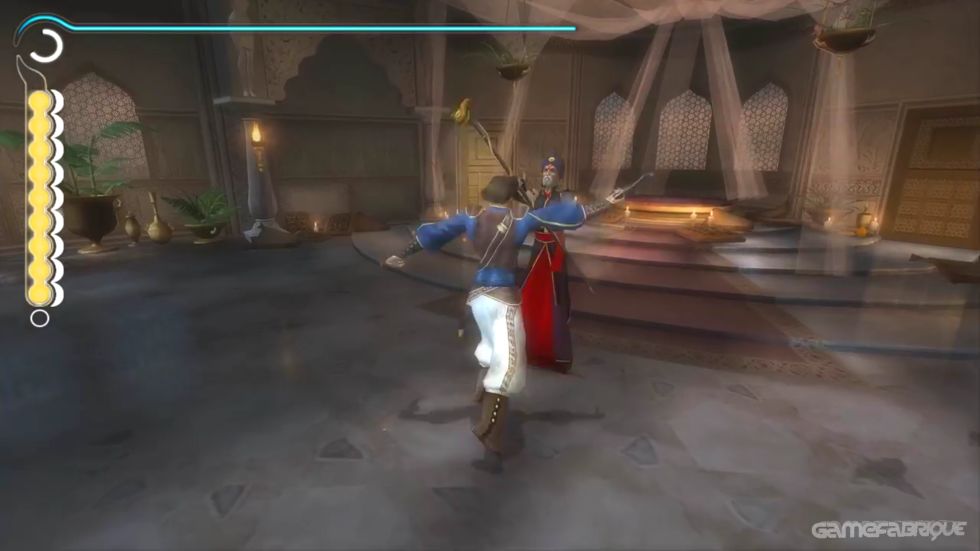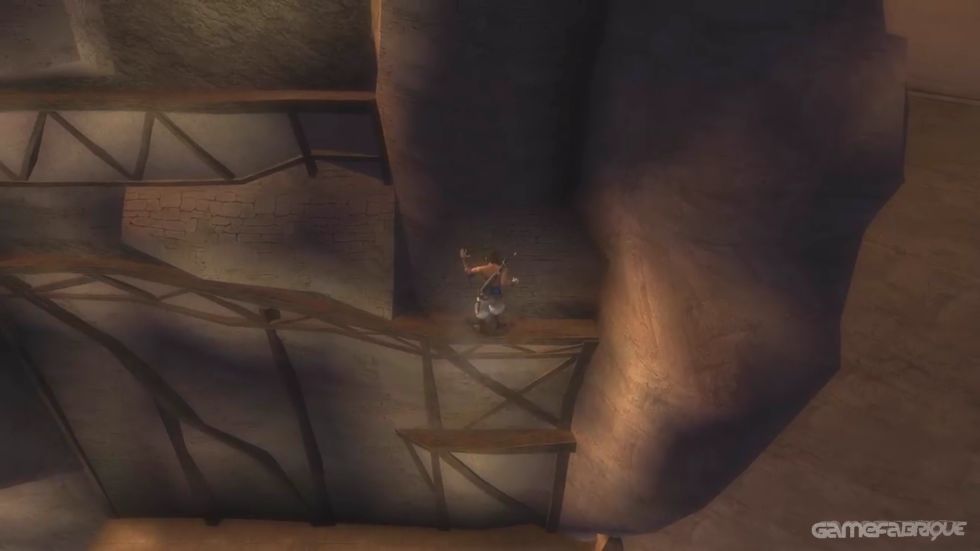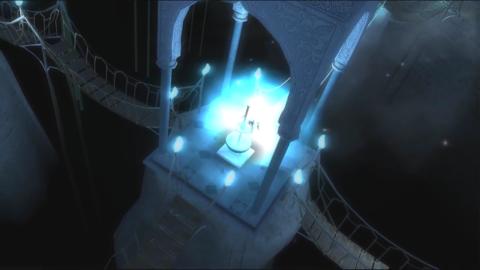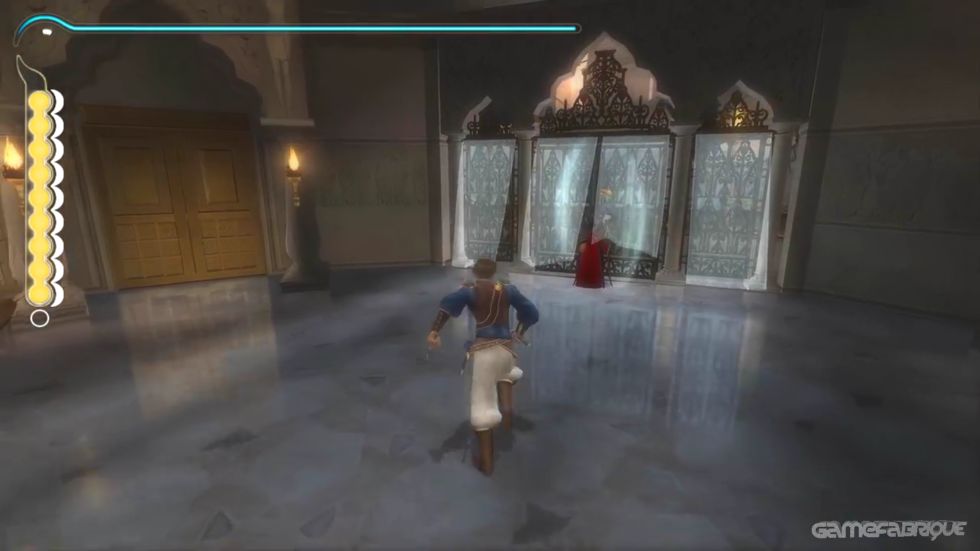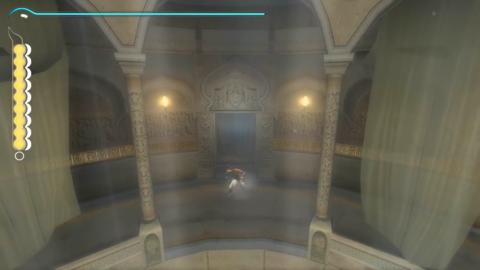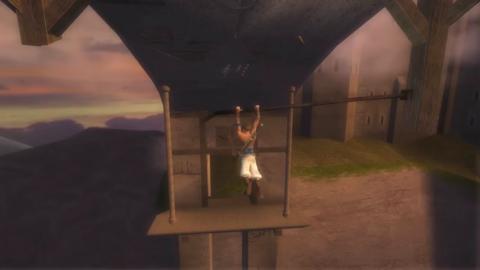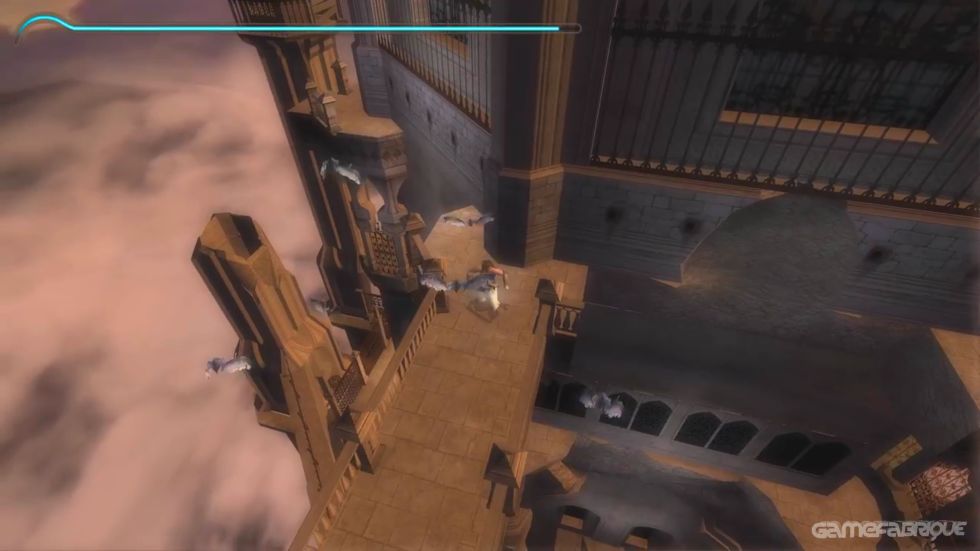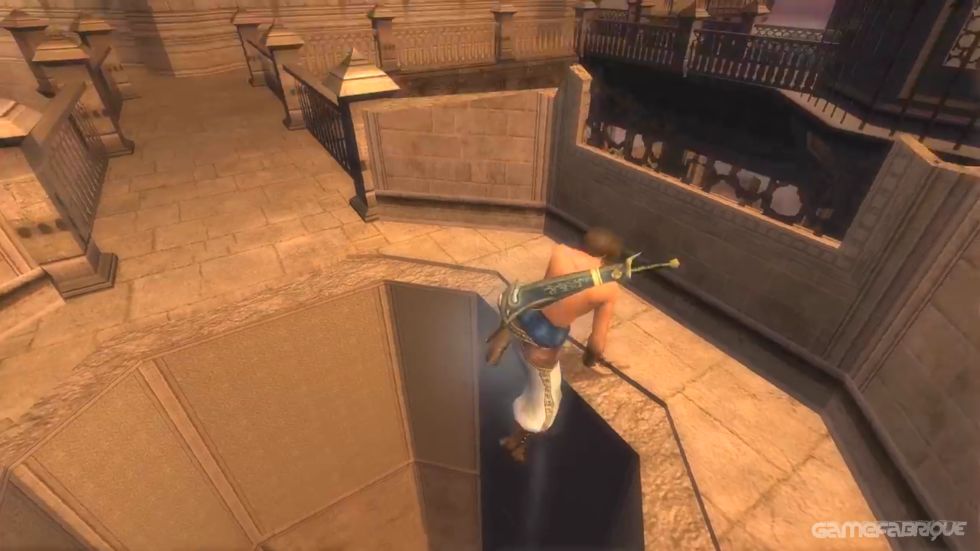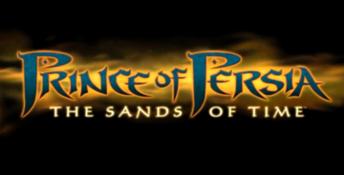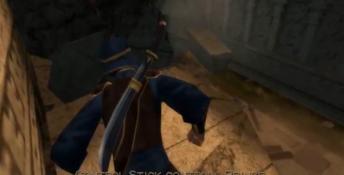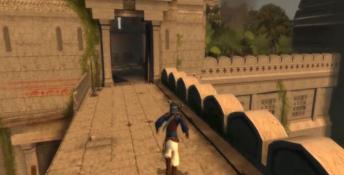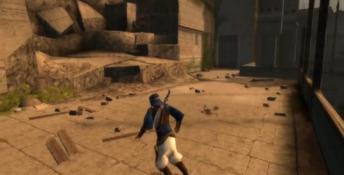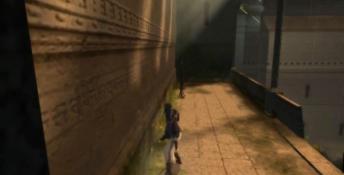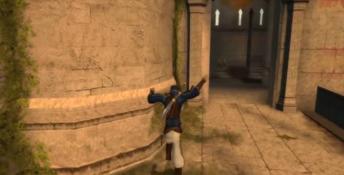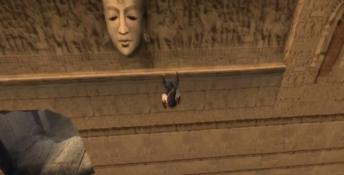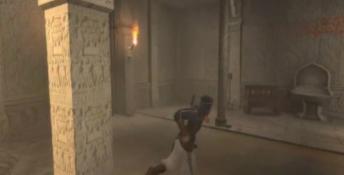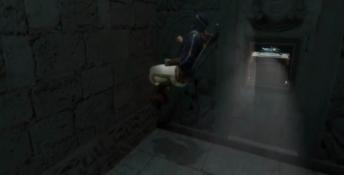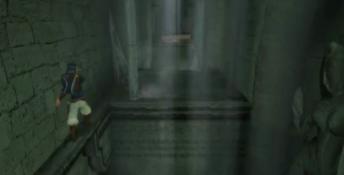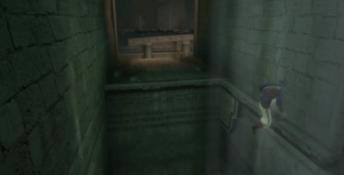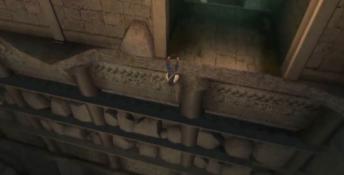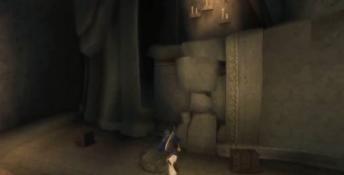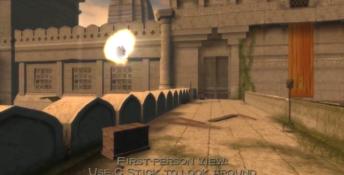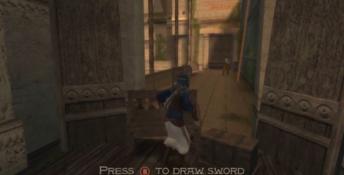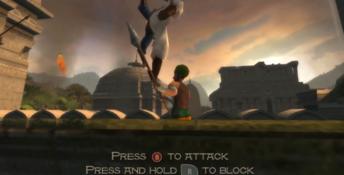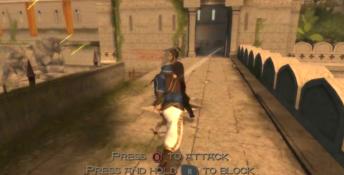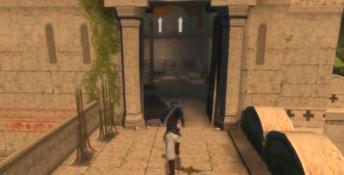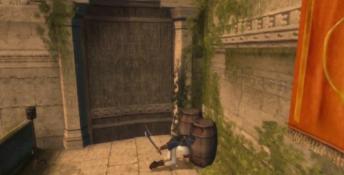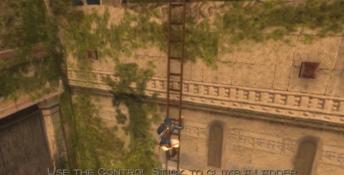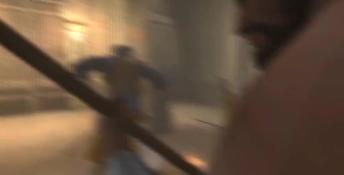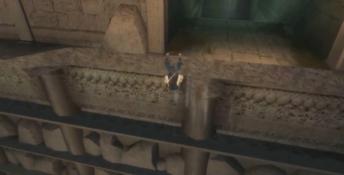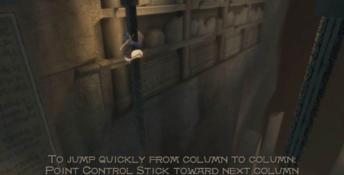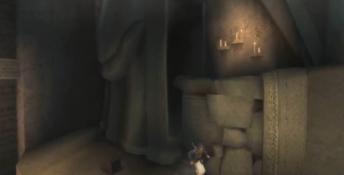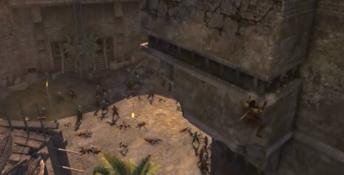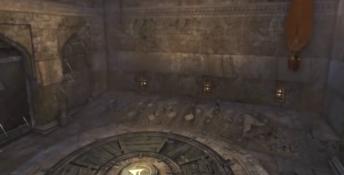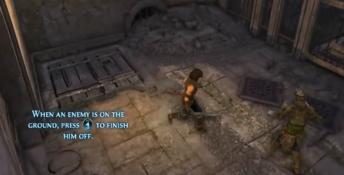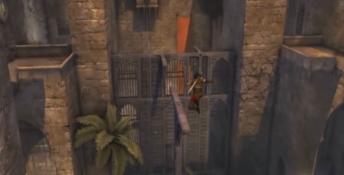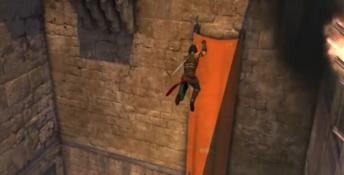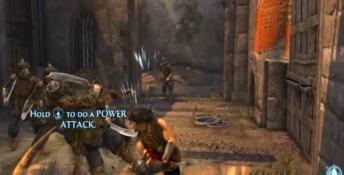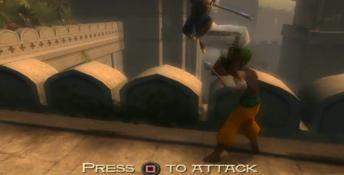Prince of Persia: The Sands of Time
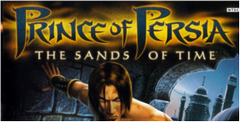
| a game by | Ubisoft, and Ubisoft Divertissements Inc. |
| Genre: | Action |
| Platforms: | XBox, GameCube, PC (2003), Playstation 2, GBA |
| Editor Rating: | 9/10, based on 2 reviews, 7 reviews are shown |
| User Rating: | 7.2/10 - 25 votes |
| Rate this game: | |
| See also: | Action Adventure Games, Action Games, Top GBA Games, Parkour Games, Prince of Persia Games, Games Like The Last Of Us, Games Like Tomb Raider, Time Travel Games |
When was the last time you picked your PC up and threw it out the window (without opening the window first)? Or perhaps you can remember the last time you stood up and walked away from your PC. stopping only to glance back and yell abuse at it before walking out of the room in disgust. Or maybe you can remember picking up a very large axe and hacking the offending PC to pieces with an evil grin on your face? No?
If all of this seems alien to you. clearly, you have never played the ongmal Prince Of Persia. While POP is quite rightly recognised as one of the best platform games of all time, it is also less fondly remembered as one of the most frustrating game experiences ever. Not just bloody tough, it also had a punishing time limit in which you had to complete the thing, and you couldn’t even save in some levels. One poorly timed platform leap, one failed runjump or unblocked sword attack, and it was game over, a disappointing splat noise the only reward for your gargantuan efforts. It says a lot for the playability of the game that despite all this it still earned a place in the all-time greatest platform game hall of fame.
Fast-forward to 2003. just when we all thought the series was dead and buried, and a new. reinvented Prince Of Persia is nearing completion. Despite our onginal trepidation, it's looking genuinely brilliant, with all of the elements that made the onginal great and none of the hair-tearing frustration. Even better, we have a preview copy...
Prince Of Perfection
Ubisoft Montreal, the development team behind The Sands Of Time, very obviously made a few important decisions before starting work on this title, for this is a platform game unlike any other. The stop-start-run-die gameplay of old has been replaced with a far more thought-provoking experience, in which you are faced with a set of puzzles and given time to think about how to overcome them and, more importantly, are never unfairly punished for getting them wrong. The sheer simplicity of such an approach is a miracle in itself, and you have to wonder if the platform genre would have disappeared as quickly on the PC had this approach been adopted before.
Foremost among the devices used to ease frustration is the rewind function. Using the power of a magical dagger, this ability enables you to literally turn back time in the game, retracting any disastrous movements and allowing you to escape certain death. It may sound cheap, removing some of the inherent challenge of the gameplay, but in practice it works brilliantly.
For one thing, the device is not unlimited, and you can only manipulate time when you have some of the eponymous sands of time stored in your magical dagger. You collect sand by killing enemies, so in a sense you have to earn your temporal abilities with blood and sweat, making it feel like less of a cop-out when you’re forced to use them. What’s more, many of the wallrunning, chasm-leaping antics are so bloody tricky that you can only be expected to take a couple of attempts to nail them. Try running across a wall, springing off, grabbing a pole, spinning round that, jumping and grabbing a ledge a few times in quick succession and you’ll see what we're talking about. Better still, the rewind function actually looks great as well, adding a nice cinematic feel to proceedings.
Knives Out
Apart from rewinding short bursts of gameplay, you can use your trusty time dagger to slow down or accelerate the speed of the game at crucial points, like when you have to evade a nasty set of spinning death-blades. You can even use it to freeze enemies, which is useful when you’re vastly outnumbered (a regular occurrence). This adds new elements to the gameplay and variety in how you approach dangerous situations.
In addition, should you manage to die by throwing yourself off a parapet while your sand-gauge is at zero, you’re given the option of resuming the level from a point not far before you died. Indeed, the entire game is geared towards making you think about the problems ahead of you, instead of worrying about exactly timing a running jump. As a result, even the most cack-handed of gamers should have no problem making progress in The Sands Of Time.
Whether this ultimately makes the game a bit unchallenging is uncertain. Certainly it’s hugely enjoyable in its current form, and there’s plenty of satisfaction to be had just in trying to keep your momentum as you run, roll and leap through the levels. The emphasis, as we've said, is on thinking your way out of situations rather than sheer manual dexterity; on solving the game environments rather than merely coping with them. In this way, as well as in the general feel of the sprawling, interlocking palace environments, the game is strongly reminiscent of /co, the PS2's most beautiful and elegant platformer. We’ve said it before, but I there s just no getting away from the comparison. The difference is, you’ll have just as much fun playing with the fantastic acrobatics in Sands Of Time as you will beating the beautifully designed levels.
Leap Of Faith
The combat is also great fun, though again the watchword is simplicity. Devastating attacks can be pulled off with ease, and the main challenge is in the sheer numbers of enemies you’ll face. So you can leap over an opponent's head and slash him on the way down with a simple attack-jump key combo, but you might land in the middle of three other enemies ready to gut you.
The result of this stripped down gameplay style is a game that's most definitely 'fun’ throughout every level. The gameplay is so fluent and the controls so intuitive, you can run confidently from one part of a level to the next without worrying about falling into a giant hole, which some clever- clogs programmer put there to display his sense of humour to the world.
There are pits, but you can see them before you get to them. There are traps, but you can see them before you plunge headlong into them. There are enemies, but you always spot them in advance, giving you a chance to prepare yourself mentally when you notice a huge mass of them standing together nodding knowingly in your direction.
Help in difficult situations also comes in the form of Farah, a wily and seductive princess who becomes your unwilling partner in crime. She comes equipped with a bow, and she’s pretty useful with it too. She can even pick off a couple of baddies while you catch your breath and prepare yourself for another scrap.
The Sands Of Time may well be a work in progress, with a few finer details yet to be ironed out, but if the current build is any example of what the finished game will be like, we say bring it on. The character animations are superb, the game world is lavish and well-realised, and the all-important gameplay is fun with a capital. In fact, this could be the first truly great platform game on the PC for years. Look out for the full blow-by-blow review next month for our final word on this potential classic.
Prince Of Persia Started On The Pc... And It’s Damned Good To Have It Back
While undoubtedly a console game in spirit, The Sands Of Time sits remarkably well on the PC. The keyboard/mouse control system is similar to that of Splinter Cell, with standard WASD keys controlling movement, a free camera controlled with the mouse, and the mouse-wheel governing your speed. There’s a first-person view (though in typical action/adventure fashion you can’t move in first-person), along with a stunning landscape view that zooms out to give you a perspective on your location within the palace complex.
With such a good translation of Prince Of Persia coming to PC, perhaps we’ll even see a revival of the platform genre on the beige box. With games of this quality, we certainly wouldn’t be complaining.
Move Your Body
The Prince Of Persia Franchise Is Famous For Providing Control Over The Main Character. The Sands Of Time Not Only Continues This Fine Tradition, It Expands On It Massively. Here Are A Few Examples Of How You Get Around In The Game...
Jumping
Well, you knew this one was going to be in there, right? The difference with SOT is you are not punished for bad timing. There's no need to position your character to make pixel-perfect leaps, so the time-honoured platform tradition of making you repeat jumps over and over each time you die does not exist in this game. Knowing when to jump is important. Figuring out where to jump is important. It really is that simple, and it's this approach to game mechanics that makes SOT such a joy to play. Thinking man's platform game? You got it.
Creeping
Navigating ledges is one of the most dreaded aspects in platform games. In SOT it's easy as pie. There is no danger of falling off. Even when you try to cock things up royally, the prince will often cling to the nearest ledge, giving you a second chance to climb back up and find another way round the problem. It's another example of the game encouraging you to think of what to do next, instead of how to do it. It's safe to say this is one of very few platform games that doesn't adhere to the opinion that difficult key combinations are the only way to provide a challenge.
Dropping
Many of the puzzles in the game require you to navigate areas in which the environment is falling to pieces around you. Often you are given visual clues as to where to go via cut-scenes, but sometimes you can tell just by watching changes in the landscape. Climbing up, down and around parts of the landscape is a huge part of the game. Again, the game never punishes you for getting things a bit wrong, unless you do something really stupid and just leap blindly into the abyss, in which case death is pretty much what you deserve.
Running
Yes, you can run along the walls, as well as up the walls, something you'll find yourself doing a great deal - even when it's not strictly necessary. Hell, it’s fun! You can also spring off the wall at any point, hurling yourself across yawning gaps in precarious undie-soiling fashion. The seamless fluidity of the animation is at its best in scenes like these, indeed the animation is so good in SOT you'll often find yourself slowing down time just to admire the view a bit more closely. It's really that good.
Download Prince of Persia: The Sands of Time

System requirements:
- PC compatible
- Operating systems: Windows 10/Windows 8/Windows 7/2000/Vista/WinXP
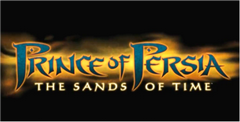
System requirements:
- PC compatible
- Operating systems: Windows 10/Windows 8/Windows 7/2000/Vista/WinXP

System requirements:
- PC compatible
- Operating systems: Windows 10/Windows 8/Windows 7/2000/Vista/WinXP

System requirements:
- PC compatible
- Operating systems: Windows 10/Windows 8/Windows 7/2000/Vista/WinXP

System requirements:
- PC compatible
- Operating systems: Windows 10/Windows 8/Windows 7/2000/Vista/WinXP
Game Reviews
1989: The Berlin Wall crumbled, Madchester was in the grip of killer rave drug E, and some college boy in America released a PC game called Prince Of Persia. The latter event may not have grabbed the headlines, but 14 years on the all-new Prince is hogging a lot of pages. Of course, he has appeared since, in 1993 for the sequel, and again in 1999 for a 3D version that history has incontrovertibly deemed 'shit'. Following the debacle that was Prince Of Persia 3D, it may have been tempting to bury the licence and forget about the whole thing. Never go back, as the saying goes. Creator Jordan Mechner has done exactly that though, overseeing the development of this 21st-century incarnation.
Suffice to say, the Prince looks a lot better than in the original. Unlike when an old band gets back together, the magic of games means that everything is shiny and new, and such are the exponential advances in technology over the past decade that it almost looks like a different medium. Even judged by current standards, the look of Sands Of Time is immediately striking, and it comes across as a kind of soft-focus fairytale, in keeping with the ninth-century Arabian Nights-style setting. A lot of effort has clearly gone into the visual style, and if it were a film it would probably be one of those cheesecake 70s Slnbad adventures (albeit thankfully without Martin Shaw).
As for the story, it is of a similar ilk, and involves the titular Prince inadvertently unleashing the titular sands, thus destroying a kingdom and turning its entire populace into ferocious demons.
Clearly feeling a little sheepish, he sets out to rectify matters immediately, which is where you step in, easing into the action at a fairly sedate pace. This is just as well, as the control system takes some getting used to, particularly with a mouse and keyboard. Not because it's bad, but because it's so original, providing a refreshing change from the tired platform antics of Tomb Raider et al.
A triumph of design, the emphasis has wisely been removed from pixel-perfect gymnastics and placed instead on a far more cerebral approach. Simply finding out what you can actually do is a joy in itself, be it walking on walls, clambering up pillars or swinging on bars like a particularly well co-ordinated chimp. It's a breath of fresh air, and elevates the game beyond the realms of a mere 3D platformer.
Mechner has stated that he wanted the gameplay to capture the frenetic pace of the original game, but initially this wish seems to have gone unheeded. At least the first hour of the game seems to involve being stuck up a pole wondering what to do next. What you actually do is look for another nearby column, adopt the most appropriate of four directions and attempt to leap the gap. Depending on your decision, you'll either make it or you won't, and should you miss, you'll know not to try it again, eventually working out the correct route.
Hardly twitch gameplay then, but as the action unfolds your manual dexterity is tested as well as your mind, and you are made to approach the game with a degree of gusto. Effectively timed sections appear, forcing you to put your skills into practice without having all day to think about it. So, for instance, a pressure panel will open a distant door, giving you about 20 seconds to scarper up a wall, avoid a spinning blade, leap on to a ledge, hurdle a chasm and throw yourself through the door just as it slams behind you.
Re-Re-Re-Wind
So far, so Indiana Jones (the film, not the game), but once you get your confidence it's done in such an elegant fashion that it feels perfectly natural. And should you misjudge a move and hurtle towards imminent death, you can make like Cher and turn back time. Yep, the mystical sands of time allow you to do just that, as stabbing the R key enables you to rewind the action to the point just before you cocked up, replete with wibbly-wobbly visual effects.
You can't do it indefinitely, as the sands eventually run out and have to be replenished, but while your magic dagger is full of magic sand, it's a very useful tool to have. In real terms, it's little more than a glorified quicksave, but one that maintains the sense of immersion, something that has clearly been uppermost in the game's design. For example, health is restored by drinking water as opposed to finding an arbitrary health pack, again maintaining the integrity of the universe (or at least to the extent that a gushing head wound can be cured with a sip of water).
The magical sands also have other uses, and as well as reversing time they can slow it down, giving you something of an advantage over enemies during close combat. And if you think that sounds familiar, you'd be right, as it is to all intents and purposes, bullet-time, albeit without the bullets (scimitar-time doesn't quite have the same ring). Also handy in a scrap, enemies can be frozen in time, enabling you to slay them without reply.
Arabian Fights
As for the fighting, although you can sometimes run away from nasties, you will eventually have to get stuck in, using the game's much-vaunted multi-directional combat. What this means is that when surrounded by a slew of enemies, you can switch between them and lock on to one while lashing out with your sword. It's not really that big a deal -particularly with the keyboard -and the combat isn't particularly satisfying. Demons have to first be lacerated into submission with your sword, and then swiftly finished off with the Dagger of Time lest they rise again.
In a one-on-on situation, this presents no problem, but with three or four it becomes something of a crowd scene, and your path to the stricken demon is often blocked. Also, due to the fact that the Prince locks on to an enemy, if you need to back off to replenish your health, you have to first put away your weapons, thus leaving yourself vulnerable. On the plus side, you can use your sword at any time, even when climbing a ladder or hanging off a bar. This adds to the perceived reality and comes in handy when hanging off a branch attempting to ward off a flock of killer birds, for instance. Or maybe they were bats.
Prince Of Persia was of course all about traps, with instant death meted out in a number of gruesome ways. They certainly haven't been overlooked here, and the vast palace in which the game takes place is full of them, at times resembling some kind of medieval torture chamber.
Spiked Jinx
Among the devious devices is an homage to the original in the form of the famous spikes, either lurking in a pit or ready to spring from the ground should you put a foot out of place. With all manner of hardware flying about, you do need to be on your toes, and the prince is well equipped, able to roll like a gymnast, aided by some excellent animation.
As a change of pace, puzzles are liberally scattered through the game, and require a reasonable level of thought. If you don't enjoy thinking (and who does?) they can prove frustrating as you haplessly wade in, randomly pulling levers and getting nowhere before actually stopping to think about the task in hand, with better perspective generally offered by the special panned out camera view.
It's a big old palace in which you're roaming around, and it's a reasonably big old game. Along the way, you'll meet a few characters, including the token female interest in the form of Princess Farah, who seems keen but may have dubious motives. That said, the Prince is a goodlooking guy, particularly when he loses his shirt, and it has been suggested in some quarters that he's the male equivalent of Lara Croft, providing a bit of titillation for the ladies.
Formerly Known As Wince
Either way, he's back in a large fashion, and Sands Of Time is a highly original game (although the similarity to the PS2's ICO have been pointed out). It's not perfect, but there are enough fresh ideas to go some way towards re-establishing your faith in the genre. That said, simply categorising it as a platformer-turned-action adventure doesn't really do it justice, as it manages to transcend lazy pigeonholing to deliver a near seamless gaming experience.
If anything, it's a tad earnest in places, although this is perversely offset by some dismal attempts at humour. These are minor details though, and the real value is to be found in the sparkling gameplay and lavish environments. Expectations have been high since the game's award-winning E3 appearance, and they have largely been met. Ubisoft has kissed a frog and it's turned into a prince.
Herein lies a tragedy. When we first saw the new Prince Of Persia game we were stunned - it's quite probably the bestlooking and playable platformer ever to grace the PC. The trouble is, the PC looks on platformers like Clare Short would on the latest Pirelli calendar.
Luckily, this demo gives you the chance to see why we were (and still are) excited and aroused. The game is centred around the titular Sands Of Time, which were spilled early on in the game proper, causing almost everyone in the land to transmogrify into strange beasts. To counter these and the many traps and death-defying leaps, you need to get your hands on the magic dagger (the one that's imbued with time-control powers, enabling you to literally rewind time if you fluff something). Each bit of time control uses up a portion of the sands within the dagger, but you can top this up by dispatching the enemy (and your own health by drinking water).
The demo starts by presenting you with a few trap-filled corridors before you enter the main hall, where tumbling ledges, massive pillars and a giant statue stand between you and your prize. Once you've retrieved the dagger, you need to get your arse out quick-smart as the corridors start to crumble.
Now it's time to fight. Use the blocking stance to deflect all but the most sneaky of attacks. Running toward an enemy while pressing jump enables you to lightly vault over their heads, giving you a chance to get out of a tight scrape and also lets you get a swift thwack to the back. Remember to finish off defeated enemies with your dagger or they'll rise again to seek their revenge.
Next up is a section showing off the acrobatic highlights of the game, in which you find yourself running along walls, swinging from poles and generally jumping about like a demented flea. This is followed by the grand finale, in which you and the Maharajah's daughter/token love interest, Farah, battle it out with more gruesome enemies.
Prince Of Persia: The Sands of Time was a peculiarity because ts lead was a nice, polite simpleton .vho was singularly useless at alking to women and rarely made hings explode. To some, this was farming. To far too many people, lowever, it was a reason to completely ignore the game and something with guns instead. Witness then, the rebirth of the Prince: innocence gone, naivety ost. A mean mother-bitch from hell who can cut people's heads off and only shaves every other week.
The action takes place some six o eight years after the original, with the Prince's ship being invaded by some undead beasties. It then progresses through to a cursed island fortress where he can face off against yet more nastiness and Dahaka - the living incarnation of fate (or some such nonsense), who bears a hefty grudge against our boy the Prince.
The game's intended to address the flaws many perceived in its x predecessor, namely A the way in which puzzles and combat were kept so separate from each other, and the fact that the fighting itself was a bit iffy. So you can now wield two swords and use enemies as human (well nearhuman) shields, as well as throw objects and mix the trademark wall-running and jumping with the laceration of your enemies.
Monsters too, seem to have grown with the Prince's moodiness - as you can see from the Legolas-style toppling of the colossus in the screenshots. So it's all change, but whether it's for better or worse is hard to discern; the fighting may be better, but will the charm remain? You'll have to wait and see.
Time Heals all wounds, so they say. and while my three-legged dog might have something to say about that, it's an aphorism that Ubi Soft is taking very seriously with its new 3D adventure. Prince Of Persia: The Sands Of Time.
For a start, the French developer is hoping the figurative sands of time have settled sufficiently over the shambles that was Prince of Persia 3D (Red Orb's misguided attempt to update the game in 1999). trusting we'll forget that betrayal and remember only why we loved the series in the first place.
But beyond this, time - always an important factor in the Prince Of Persia games - is simply key to survival in The Sands Of Time. \Ne're not talking about a time limit to complete the thing (as in the original), but a slew of cool ways in which you can manipulate, stretch and turn back time, giving you an all-important edge in the game's pitfall-strewn environments. Level designer Jean-Christophe explains.
"In the beginning of the game you break a magical hourglass and unleash the sands of time, and your quest will be to undo what you've done. Collecting the sands of time will allow you to do different kinds of special acts like rewinding time, which is useful if you die or fall off an edge - you just rewind to a few seconds earlier and keep playing. You can also slow down time, freeze your enemies during combat - they'll be put in another time dimension and you'll be able to kill them more easily, as well as sometimes see the near future, which lets us give the players some hints about what's coming up."
If I Could Find A Way...
It's a simple device to be sure, but one that has a huge impact on the action. Apart from looking cool when you kick it in, the rewind function alone makes the frustration of falling off a difficult platform at the tiniest of missteps virtually disappear, and also allows the designers to make the platforming action much more complex and interesting. Of course, your time powers are not infinite - you only collect sand and therefore temporal powers by slaying enemies with a special dagger - so you still need to watch your step.
As cool as the temporal abilities are, however, it's not just about playing with time. As in any Prince Of Persia game, the acrobatic capacities of your character are paramount, and luckily in this case you're a veritable Jackie Chan. Not only can you do all the things you'd expect from a modern platform adventure - climbing, jumping, hanging, rolling, etc - but you have one or two brilliant and novel moves such as running on walls, vertically and horizontally. All you have to do is get up a bit of steam, run at a wall and press an action key, and the prince will traverse a shallow arc across a stretch of wall, or even run straight up a few steps and grab an otherwise inaccessible lip. You can even spring off the wall at any point, making for some interesting leaps of faith to reach new areas.
Combat is even more impressive. Special fighting moves allow the prince to dodge and roll likeZelda's Link, or do a handspring off an enemy's head, stabbing them in the back on the way down. In combination with the Matrix-like slo-mo effects and the ability to freeze enemies, it makes for some spectacular results. "We tried to find an interesting combat system," says Jean-Christophe. "It's centred around multi-enemy fights -you just pick one enemy, push in that direction and you lock on to them. Push in another direction and you'll switch - it's very simple."
Another intriguing part of the game that wasn't shown at E3 is the existence of a secondary character - and love interest - who helps the prince perform different actions throughout the game. Jean-Christophe elaborates: "The story is much more complex than just collecting sand or saving a princess. You have to find the hourglass that you broke and restore the sands of time, but you will be helped in this duty, during puzzles for example, by an Indian princess. But in fact you stole her father's treasure, so she's also an antagonist."
Where You Go, ICO
Impressively, almost the whole game is set within one single, consistent palace environment. Much like the sublime (the innovative PS2 platformer), you can see the entire palace if you get the right angle, and note areas you've already been to or are yet to visit. It's all dynamically loading, with no levels, and offers a brilliant sense of scale and grandeur.
Indeed, the entire game has a certain logic and beauty to it that left us truly impressed at E3. It's definitely more a console game than a PC one. but one that's so articulate and inventive, and so effectively recalls its classic predecessor, that it really can't be overlooked. We were even inspired to take a journey back to the original game for a Games That Changed The World.
People say:
Like an enchanted carpet ride through 1001 Arabian Nights, Prince of Persia is pure magic. Soft lighting effects and elaborate, detailed architecture give the entire experience the quality of an opium-induced vision where time moves at the speed of your imagination. PoP's immersive atmosphere takes you to another level altogether. Even stuff as trivial as continuing your quest after an untimely catastrophe sparkles with creativity--the hero, narrating his own adventure, admits he's gotten it wrong and needs to retell that part of his story. The same time-warping premise pervades every inch of gameplay. You'll feel like you've loosed a genie the first time you rewind a bungled leap. And getting only a few proverbial wishes (using your abilities depletes your power reserve) creates a unique tension where you're always asking yourself, 'Will this work? Is it worth trying?' Often it's the most daring leap of faith--through a curtain of cascading water and onto a stalactite, or from a rickety wooden beam to a hanging lantern--that gets you where you need to go. When he's not negotiating ingenious jumping-puzzles, the prince applies his command over the clock to some of the most striking combat seen in a game of any kind. Ever wish you could turn back the hands of time on a battle gone wrong? Here you can correct your mistakes seconds after you've made them; deflecting that blow that snuck in from behind or cartwheeling out of harm's way where you first pressed your luck. You can also vault over foes, stabbing them while you're still upside-down; lunge from walls like a human arrow; or freeze one enemy, allowing you to more effectively deal with others. Half the fun is figuring out which enemy is susceptible to what attack. Prince of Persia isn't beyond improvement. Some battles throw too many enemies at you and a few of the puzzles are more grueling than fun, but with the game's seamlessly integrated concept, execution, and atmosphere, they're hardly worth complaining about.
Not since the original Tony Hawk's Pro Skater have I played a game that controls so gracefully. And Prince of Persia is a masterpiece not only because of its perfectly simplistic controls, but also because it instills the player with a confidence I haven't felt in a game before. It does this by giving you control of time. Since you can rewind a mistake with the press of a button, you won't hesitate to try a particularly insane idea that you wouldn't even risk contemplating in other games. In Prince of Persia, you can do that idea, plus you can run up a wall, leap to and shimmy up a column, and jump to a bar you'll then use to vault up to a ledge. It's a liberating experience. An inevitable sequel could be even better, though. Here, the camera sometimes hops around at inopportune times, and the frustration factor can get extremely high if you don't immediately notice a key element to your goal. But those are minor complaints. Try stacking them against a wonderful fighting engine (I enjoyed the long batties--very satisfying), captivating story, and absolutely breathtaking graphics. Best of all, you'll want to show off Prince of Persia to friends, family, whoever, because of its strong cinematic presentation. Get this game.
They should put one of those carnival-ride warning signs on Prince of Persia's box, cause this game will make your chest explode if you've got a heart condition (in a good way, of course). Just like the classic PC games it's based on, Prince of Persia is all about death-defying acrobatics performed with superhuman precision and finesse, and the end result feels insanely rewarding. You've got a bunch of crazy, brutal moves at your disposal, and the ingeniously-designed, trap-filled environments will have you wracking your brain for ways to navigate them. Doing so is sometimes very difficult and frustrating, but you can't beat the feeling you get when you finally solve them. You feel like you're ninja that's mixed with a monkey and a spider, trapped inside of the body of a Persian pretty-boy. Combat is also amazing, with a midair ballet that puts The Matrix to shame, and a level of depth unrivaled by anything save for fighting games. Sprinkle in an amazingly tangible ambiance, haunting music, and some of the best graphics ever seen, and you have something that is a truly a marvel to behold. Damn, if it weren't for the touchy camera, this game might just have been flawless.
THE BASICS:
Tinker with time in Prince's latest puzzle-solving, platform-scaling escapade.
HOW WAS IT?
Prince's time-warping premise doesn't just pervade every inch of gameplay; it entirely renovates the longstanding series. For starters, you've got the power to stop the clock and school your foes in slow-mo. OK, so we've all seen how retarding time can supercharge combat--but turning back the clock to retry bungled leaps or botched battles? That's enough to make even Neo envious. Inspired, gorgeous, and smooth--I'm sold.
Snapshots and Media
XBox Screenshots
GameCube Screenshots
PC Screenshots
Playstation 2 Screenshots
GBA Screenshots
See Also
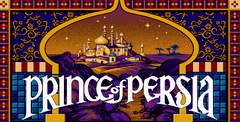 Prince Of Persia
Prince Of Persia
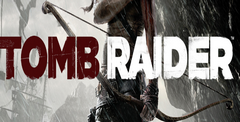 Tomb Raider
Tomb Raider
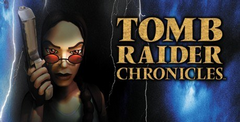 Tomb Raider: Chronicles
Tomb Raider: Chronicles
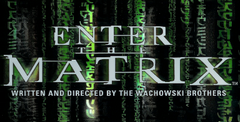 Enter the Matrix
Enter the Matrix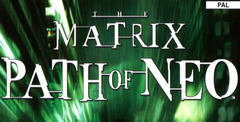 The Matrix: Path of Neo
The Matrix: Path of Neo
 Dauntless
Dauntless
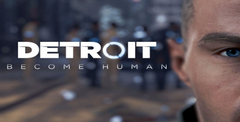 Detroit: Become Human
Detroit: Become Human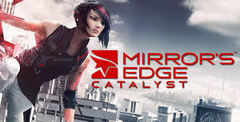 Mirror's Edge: Catalyst
Mirror's Edge: Catalyst
 Darksiders II
Darksiders II
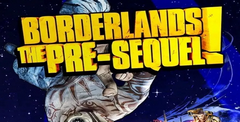 Borderlands: The Pre-Sequel
Borderlands: The Pre-Sequel
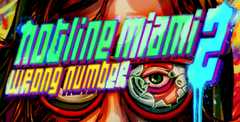 Hotline Miami 2: Wrong Number
Hotline Miami 2: Wrong Number
 Far Cry 4
Far Cry 4
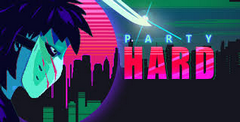 Party Hard
Party Hard
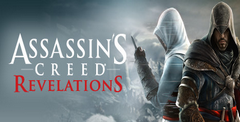 Assassin's Creed: Revelations
Assassin's Creed: Revelations
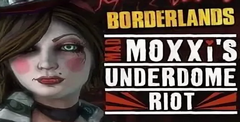 Borderlands: Mad Moxxi's Underdome Riot
Borderlands: Mad Moxxi's Underdome Riot
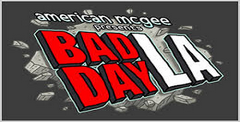 Bad Day LA
Bad Day LA
 LOTR: BFME 2: The Rise of the Witch-king
LOTR: BFME 2: The Rise of the Witch-king
